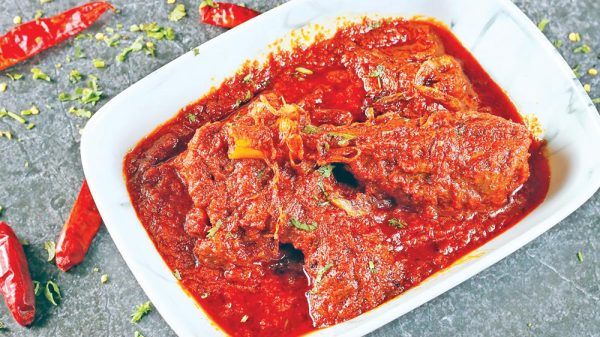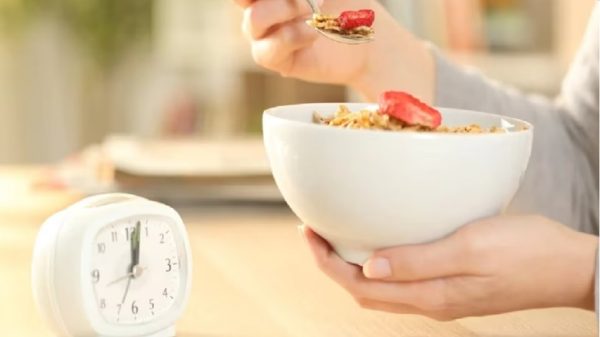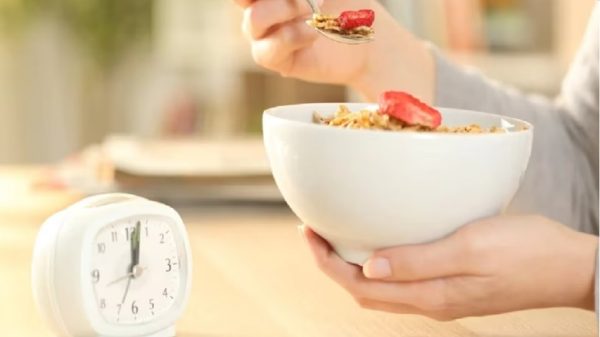Diabetes: Healthy ways to eat rice for managing blood sugar levels

- Update Time : Friday, July 8, 2022
- 117 Time View

Pairing rice with protein, fibre or fat in the right ratios can lower GI of the meal and make it diabetes-friendly. Nutritionist on 5 ways to eat rice that will also keep your blood sugar levels controlled, Hindustan Times reported.
People with diabetes often give rice a miss as it has high glycemic index (GI). However, a nutritionist in his recent Instagram post says eating it in combination with protein, fibre or fat could make the meal diabetic-friendly and help manage blood sugar levels.
Nutritionist Bhuvan Rastogi says a meal of rice can be balanced by adding nutrients like protein and fibre which will make it denser and prevent sugar spikes.
“Are you afraid of eating white rice? There’s a simple solution. Rice has a high glycemic index (GI). So, pairing it with either protein, fibre or fat in the right ratios can lower the GI of the meal. (Anything below 55 is considered low GI),” writes Bhuvan Rastogi.
Rastogi says ratio of rice to everything else on the plate makes all the difference and the denser the fibre and protein in the pairing options, the more rice can be balanced. Understanding GI is a good tool for this.
“Fats lower the GI of the plate, but that might take you away from other fitness goals. Prioritise fibre and protein over fats for optimum results. You can also have fewer sweet milk-based desserts once in a while as they add high protein and fats to your diet,” says Rastogi.
The nutritionist says this will help you gets results without cutting down on any food group, even white rice.
Rastogi suggests people with diabetes to try these classic combinations for consuming rice that will also manage their blood sugar levels:
Dahi bhat: Dahi has high amounts of fats and protein, and lowers the GI of your meals.
GI level: Extremely low – Below 35
Rice with Chhole/Dal/Rajma Chawal: Legumes are high in fibre and moderate in protein. Dal here doesn’t mean the high-fat restaurant versions like Dal Makhani – they are low in GI but are not a viable option as a daily meal.
GI level: Extremely low – Below 35
The average GI of daal is 17
Pulao with veggies and paneer: Veggies add fibre and micronutrients to a meal, and paneer is dense in protein and fats.
GI level: Extremely low – below 40. This is an estimate as GI can’t be calculated properly for such little amounts of carbs.
Maachh Bhaat: The classic combination of fish with rice works. Fish provides protein and fats to lower the GI of the plate.





















